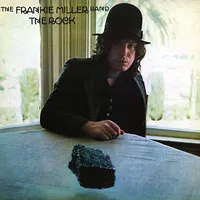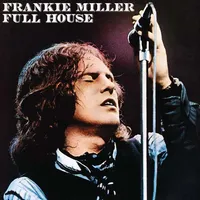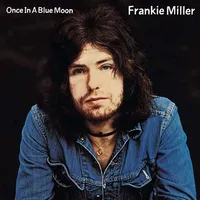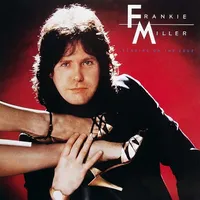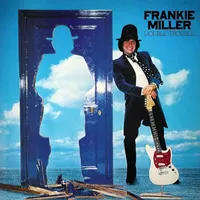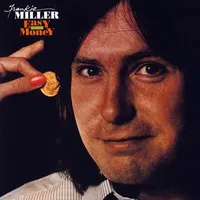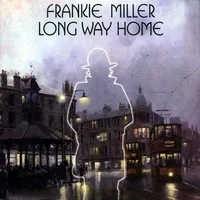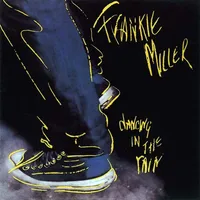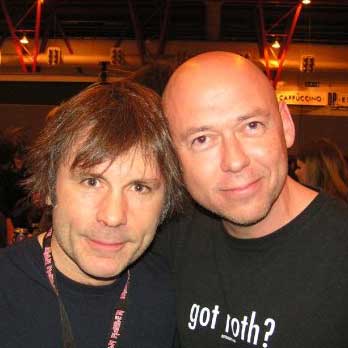The Frankie Miller albums you should definitely own
Before Frankie Miller's career was ended tragically by injury, his records showed just how good a songwriter and great a singer he really was
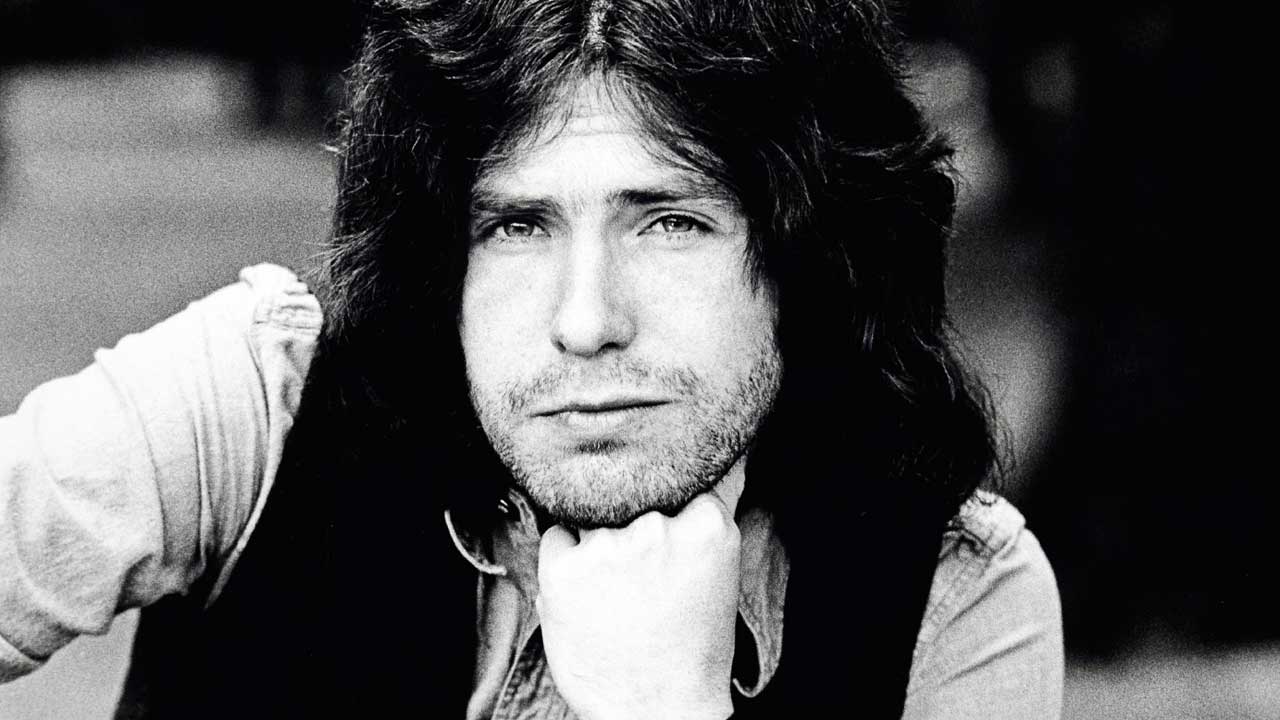
Rod Stewart once paid a beautiful tribute to Frankie Miller, an acknowledgement from one great singer to another. “He’s the only white guy that’s ever brought a tear to my eye,” Rod said. “He was that good.”
It’s a long time since Frankie Miller has been able to sing. That wonderfully soulful, gritty voice was lost for ever when he suffered a near-fatal brain aneurysm in 1994. But Miller always considered himself lucky to have survived it, and what remains is a rich legacy in the albums he made in his pomp in the 70s and early 80s.
Born Francis John Miller in 1949 in Bridgeton, an impoverished district of Glasgow, his education in music came via the rhythm-and-blues classics in his mother’s record collection. After stints with various local groups, and a brief spell in a band named Jude that also included guitarist Robin Trower, Miller struck out as a solo artist in 1972, and over the course of that decade he made his reputation as one of the finest singers and songwriters of his generation.
Unfortunately, Miller never made it big the way Stewart did. The only major hit he ever had was Darlin’ in 1978, and, to his chagrin, it was a song he didn’t write. But over the years his songs would be recorded by an array of famous artists, including Stewart, Bob Seger, Roy Orbison, Ray Charles, and Miller’s friends in the Eagles, whose guitarist Joe Walsh said: “The world needs to be aware of Frankie Miller more than it is.”
As a guest vocalist, Miller was featured in one of the greatest rock ballads of all time, performing a duet with Phil Lynott in the original 1974 version of Thin Lizzy’s Still In Love With You. Many years later, long after his voice had been lost and his career tragically ended, a collection of his early demos were fashioned into two new albums: Long Way Home and Frankie Miller’s Double Take.
Then in 2014 more of his previously unreleased songs were recorded by Quireboys singer Spike for the album 100% Pure Frankie Miller, which featured performances by a stellar cast of his friends including Ronnie Wood, Ian Hunter, Bonnie Tyler and ex-Free stars Andy Fraser and Simon Kirke.
Now in his seventies, Miller lives out of the spotlight. What he’s given the world, in these great albums is more than enough – the songs, and that voice, full of soul, power and depth.

It was officially credited to The Frankie Miller Band, but The Rock was very much a personal statement. Now, it stands as his definitive album. The title track’s heavy lyrics refer to Alcatraz, on which sits the former penitentiary, which was visible from the studio in San Francisco where the album was recorded. Miller always said he might have ended up in prison were it not for music.
The realities of his life – the hard times and hard drinking – were also expressed in Bridgeton and Drunken Nights In The City. Upbeat tracks A Fool In Love and Ain’t Got No Money would become signature songs.
Miller sang as soulfully as Paul Rodgers, and that similarity wasn’t lost on Andy Fraser. Formerly a bandmate of Rodgers in Free, Fraser had wanted to put a group together with Miller. That came to nothing, but it was Fraser who wrote Be Good To Yourself, the standout track on Full House, one of Miller’s best-known tracks and his first chart single, which rocks with all the funky swagger of classic Free.
A mix of Miller originals and covers, it’s an album on which Miller exhibited his full range as a singer, emoting all the pain and regret in John Lennon’s Jealous Guy, and belting it out as only he could in Down The Honky Tonk.
Once In A Blue Moon (Chrysalis, 1973)
This, his first album, included his first great song, I Can’t Change It, a confessional ballad with a beautiful melody and deep lyrics. Miller sang it with raw emotion, as did Ray Charles, the legendary singer who covered it in 1980.
Fittingly for someone who was fond of a drink or two, Miller had the quintessential pub rock band, Brinsley Schwarz, backing him on Once In A Blue Moon, and they hit a well-oiled groove on funky tracks such as Candlelight Sonata In F Major. The album also included another heartbreaker of a ballad, After All (I Live My Life).
Miller ventured into America’s Deep South to make his second album with producer and songwriter Allen Toussaint, the New Orleans R&B maestro famed for his work with Dr. John, Labelle and The Meters. Things didn’t quite work out as Miller had planned. High Life was released in remixed form without his and Toussaint’s approval.
Their original version was only released belatedly, on the 2011 box set That’s Who. But on either version there is some great stuff, most notably two heavily atmospheric songs on which Miller channels southern funk and soul: The Devil Gun and I’m Falling In Love Again.
Falling In Love (Chrysalis, 1979)
There was always a whiff of chicken-in-a-basket about Miller’s one big hit single, Darlin’ (UK No.6 in 1968), a jaunty pop song written by Q-Tips saxophonist Oscar Blandamer and first recorded by Poacher, a country act from Warrington, of all places. But there are better songs on the Falling In Love album (titled A Perfect Fit in the US).
When I’m Away From You is one of Miller’s finest – the hit that never was. And on the ballad If I Can Love Somebody, written by singer-songwriter John Hiatt, the croak in Miller’s voice recalls another hero, legendary American soul singer Otis Redding.
Standing On The Edge (Capitol, 1982)
For his first album after leaving the Chrysalis label, Miller returned to the Deep South to record at the fabled Muscle Shoals Studio in Alabama with their shit-hot in-house band, plus several guitarists, including Wayne Perkins, who almost joined the Rolling Stones before Ronnie Wood got the gig.
Andy Fraser was again heavily involved in the songwriting, but the album’s standout tracks were all Miller’s own: Danger Danger, a filthy boogie; Jealousy, a gutwrenching ballad; and To Dream The Dream, which swings like the Bob Seger classic Night Moves and is every bit as irresistible
Double Trouble (Chrysalis, 1978)
On his fifth album Miller went for a harder rock edge, with Aerosmith producer Jack Douglas at the controls, Steven Tyler guesting on backing vocals and harmonica, and another song written by Andy Fraser, Double Heart Trouble, on which Miller again sounded like Paul Rodgers, with more of a lateperiod Bad Company feel.
He also had another great British singer, Paul Carrack, as co-writer and backing vocalist on half of the songs, including the bittersweet Good Time Love. And the old Motown classic he covered, a song by Marvin Gaye, had a title that was entirely apt for this singer: Stubborn Kind Of Fellow.
After the success of his single Darlin’, Miller drifted a little further into middle-of-the-road territory with Easy Money. Recorded in Nashville with some of the best session players in the business, the album was a smooth blend of soul, country and pop.
What elevated it above mere blandness was that magical voice. It included a great version of Why Don’t You Spend The Night, but it was country singer Ronnie Milsap who had a hit with the song. Again, the best song on the album was one of Miller’s own – Tears, another stinging ballad. The song was later reworked as a duet with Bonnie Tyler.
Long Way Home (Jerkin’ Crocus, 2006)
At the time he was struck down in 1994, Miller had been working on new material with Joe Walsh and keyboard player Nicky Hopkins, famed for his work with the Rolling Stones. Twelve years later, those recordings finally emerged on Miller’s album Long Way Home.
The highlight was Guilty Of The Crime, with a typically ballsy vocal from Miller and searing slide guitar from Walsh, who later sang it with the Eagles. Similarly, on the 2016 album Frankie Miller’s Double Take, more of his final recordings were formed into duets with Walsh, Rod, Elton John and others. As Elton said in tribute: “Frankie’s music should be revered.”
...and one to avoid
You can trust Louder
Dancing In The Rain (Vertigo, 1986)
In 1984, when Frankie Goes To Hollywood ruled the pop charts, kids in ‘Frankie Says…’ T-shirts were everywhere. Two years later, Miller’s album Dancing In The Rain was promoted with cheeky T-shirts emblazoned with the title of his 1978 European ‘best of’ set: ‘Frankie Who? Frankie Fucking Miller, That’s Who!’
The joke backfired when Dancing In The Rain promptly bombed. Miller had some famous friends helping out on Dancing In The Rain – drummer Simon Kirke, ex-Thin Lizzy guitarist Brian Robertson – but the songs were mostly forgettable, the production too slick. Miller was so much better than this.
Sign up below to get the latest from Classic Rock, plus exclusive special offers, direct to your inbox!
Freelance writer for Classic Rock since 2005, Paul Elliott has worked for leading music titles since 1985, including Sounds, Kerrang!, MOJO and Q. He is the author of several books including the first biography of Guns N’ Roses and the autobiography of bodyguard-to-the-stars Danny Francis. He has written liner notes for classic album reissues by artists such as Def Leppard, Thin Lizzy and Kiss, and currently works as content editor for Total Guitar. He lives in Bath - of which David Coverdale recently said: “How very Roman of you!”
